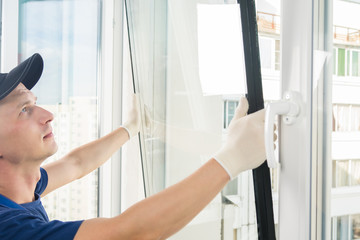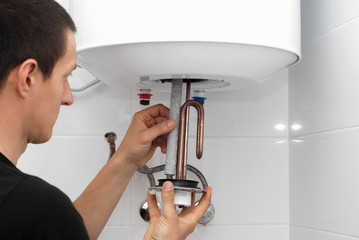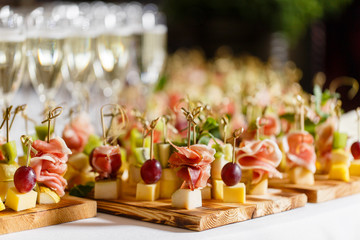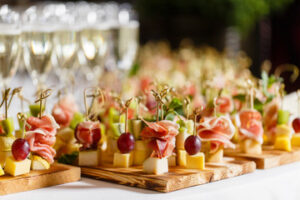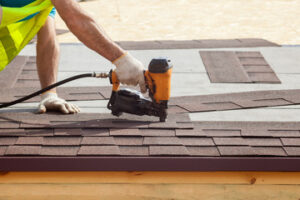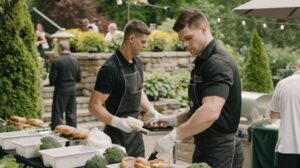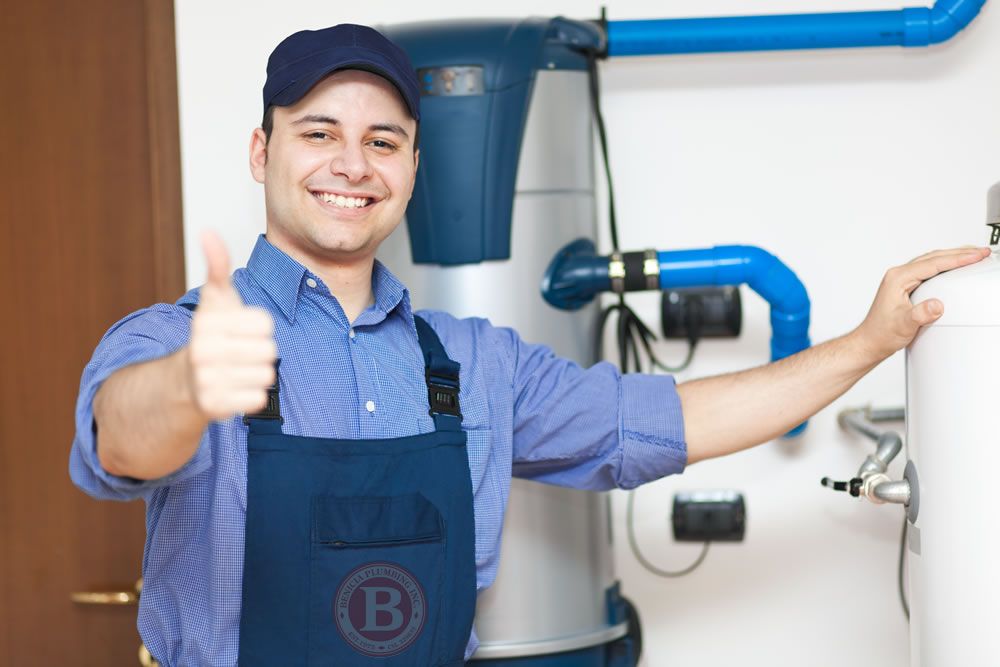Whether your garage door is operating normally or completely unresponsive, timely inspections and regular maintenance will reduce the chances of needing comprehensive repairs. Here are a few of the most common repair issues to keep an eye out for.
Cosmetic damage like peeling paint or minor dents usually doesn’t necessitate a replacement. For more significant damage, however, professional help is recommended. Contact Garage Door Repair Surprise AZ now!
A garage door is subject to a lot of wear and tear, which can take its toll on its components. This is especially true for the panels, which are exposed to the elements and often come into contact with vehicles and other household items. This can lead to dents, scratches and even structural damage over time. As a result, it’s important to keep an eye on the condition of your garage door panels and to recognize when you need repair or replacement.
When it comes to repairing or replacing damaged panels, it all depends on the severity of the damage and whether or not you can find matching replacements for your current garage doors. For example, if you have an older door model with a unique panel style, it may be more cost-effective to replace all of the panels rather than simply repairing the one that’s damaged.
Generally speaking, a professional can repair many types of dents and scrapes in a garage door panel. Depending on the extent of the damage, however, he or she may need to replace some parts in order to get the panel looking as good as new again.
For example, if the panel has sustained extensive damage from a vehicle collision, it may be necessary to replace the entire section. In such cases, the garage door specialist will likely need to construct a plywood structure in the meantime in order to allow you to use your garage and protect whatever’s inside of it.
In other cases, a repair professional will simply need to straighten the panel. For this, he or she will typically heat the panel using a heated tool and then apply some form of pressure to it in order to push it back into its original shape.
Beyond aesthetics, damaged garage door panels can reduce the energy efficiency of your home or business by allowing heating and cooling to escape through gaps in the structure. In such cases, it may be worth the investment in a full panel replacement. That’s because modern replacement panels tend to be more efficient than their older counterparts, which can make up for the extra upfront cost of the upgrade.
Broken Cables
Cables work in concert with your garage door’s spring systems to ensure balanced and controlled movement of the door when it is opening or closing. They help counterbalance the weight of the heavy assembly, and they also provide a safety mechanism to prevent the springs from whipping around and possibly injuring someone.
When a cable snaps it sends a shockwave of energy through the springs that can easily damage other garage door parts, especially the panels. If you notice that your garage door has a broken cable, it is important to call a professional right away for a repair to minimize the amount of damage that can be done to other parts of your garage door.
If you have a garage door that is old, it may be time to invest in new cables. Older cables tend to wear down faster than newer ones, which can lead to fraying or other problems. In general, it is best to replace the entire set of cables at one time, so that you have a fresh pair of cables that are in good condition.
It is also a good idea to spray your garage door’s cables regularly with a commercial garage door lubricant to prevent them from becoming rusty or oxidized. This will prolong their life and keep them in good working condition for longer.
There are many reasons why your garage door’s cables might break. Some of these include:
If you are trying to replace your garage door’s cables on your own, it is very important that you know what you are doing and follow the instructions carefully. If you don’t, you could end up causing further damage to your garage door, and you may even hurt yourself. It is also a good idea to have someone assist you with the process if possible, as this can make things much easier and safer for you. They can also help you find out if there is another issue that needs to be addressed, such as incorrect tension settings or something else. Having a professional take care of your repairs will also save you time and money.
Damaged Rollers
A garage door’s rollers are a vital part of the smooth operation of the system, allowing it to glide along the tracks. Just like other components, they will eventually wear out over time and may need to be replaced. Depending on the type of rollers used, they can be constructed from a range of materials and include different features. For example, steel rollers are typically more durable than plastic ones and come with ball bearings within them.
The lifespan of your door’s rollers depends on how frequently you use the system and how often they experience stress. Most manufacturers estimate the number of cycles that your rollers can handle before needing to be replaced, but frequent usage or harsh environments can accelerate this timeline.
One of the first red flags that your rollers are wearing out is hearing squeaking or grinding noises while the system moves. These can be caused by misalignment or other issues that place strain on the rollers and other components of the system. In some cases, a simple application of lubricant can fix these problems, but in others, it may be necessary to replace the rollers altogether.
You should also check the condition of your garage door’s tracks, as these can affect how smoothly your rollers move. Bent or damaged tracks can cause the rollers to veer off track, which may hinder their ability to open and close. Tracks can become misaligned due to forceful impacts, loosely mounted garage door brackets, dirt, and a lack of lubrication.
To inspect your rollers and track condition, you will need to disconnect the garage door opener. This will prevent the door from opening or closing unexpectedly while you are working. Then, you can remove the old rollers and track hardware and replace them with new parts that match your Door’s specifications. You should consider upgrading to high-quality nylon or steel rollers to provide the best possible performance and reduce the amount of stress placed on other components of the system. A trained technician can help you decide which rollers are right for your garage door.
Damaged Tracks
If your garage door moves erratically or appears crooked when opening and closing, this could be a sign that the tracks are bent or misaligned. Bent or damaged tracks interfere with the smooth movement of the rollers, which can cause other problems down the line. In severe cases, a misaligned track can even cause the door to come off its tracks. Addressing this issue promptly is crucial to preventing further damage and potentially costly repairs.
A garage door that’s off its tracks requires immediate professional attention. This situation is dangerous and poses serious safety risks, making it impossible to operate the door.
Damaged tracks may also interfere with the smooth operation of the rollers and create friction that causes jerking or erratic movements. Keeping the tracks free of debris and properly lubricating all moving parts can help prevent this problem.
Unusual Noises
Squeaking, grinding, or banging noises are usually signs of mechanical issues that need immediate repair. These problems can stem from a lack of lubrication, misalignment, or worn-out components. In some cases, these issues are so severe that the entire door may need to be replaced.
Identifying the cause of these problems is essential to determining which parts need to be repaired or replaced. Taking the time to perform regular inspections of the door and tracks can help prevent issues from arising in the first place.
While trying to perform a DIY garage door repair can save you money, it’s important to know when to call a professional. Significant issues such as broken springs, frayed cables, and major track problems should always be left to trained professionals due to the high tension involved.
A homeowner named Sue used the internet to find various tutorials and DIY guides for fixing her bent garage door track. She followed these steps carefully to ensure that the repair was performed correctly. After the process, she reattached the power source and tested the door several times to see if it was still functioning smoothly.

